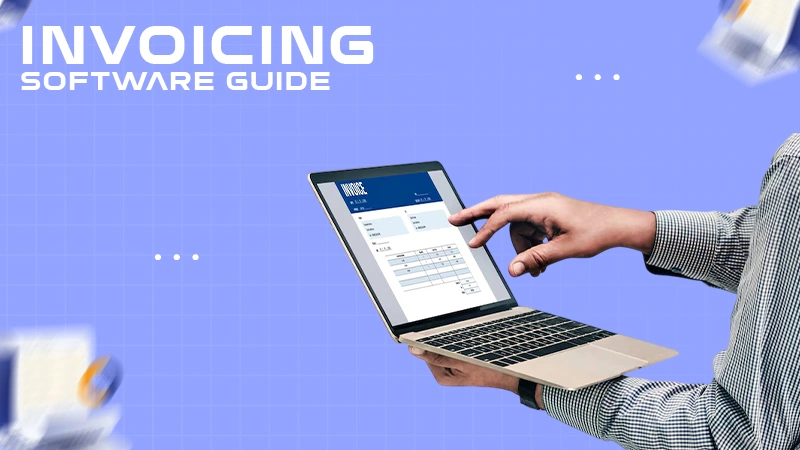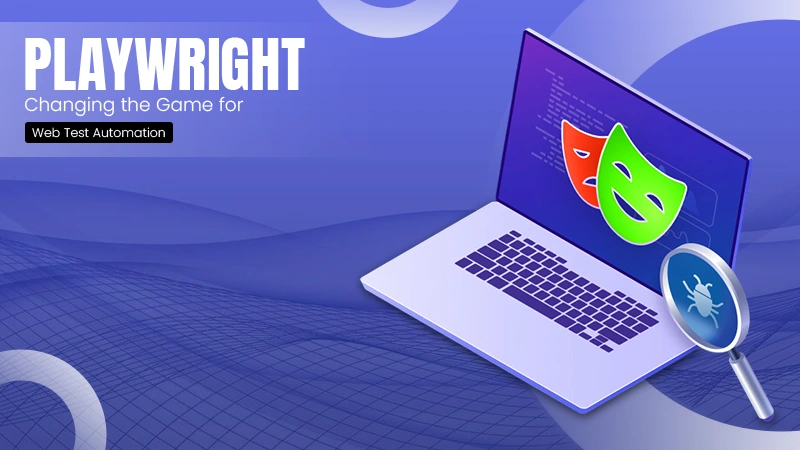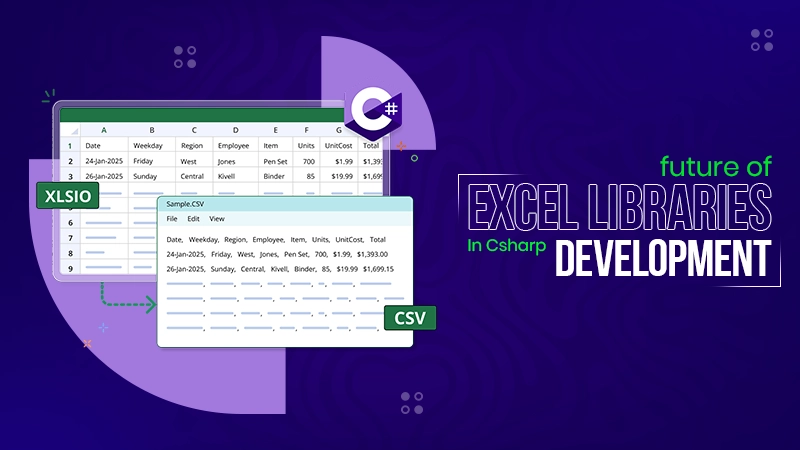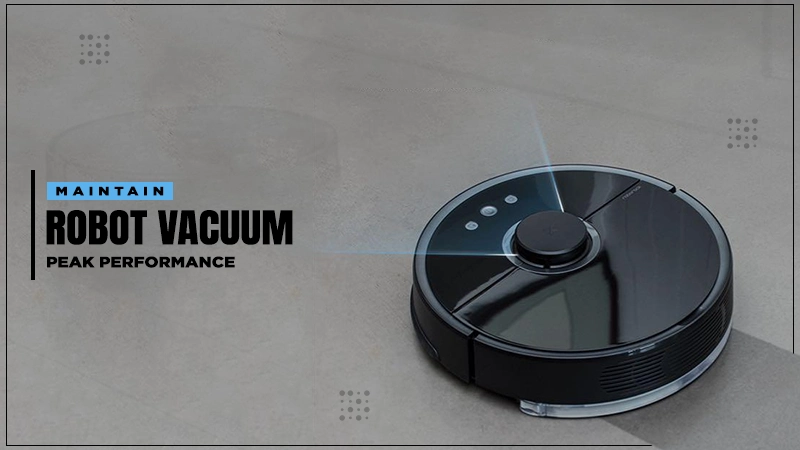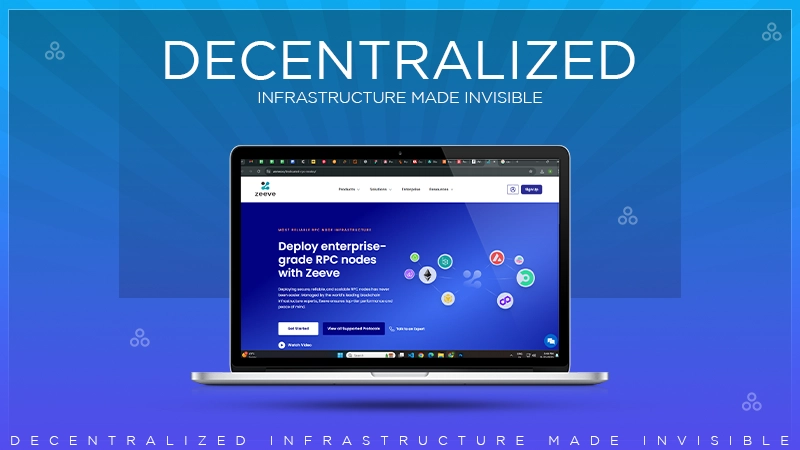Imagine everyone being able to access the law irrespective, no matter how rich or poor they are.
Although lawyers in the legal system work hard to help those in need, they often face challenges due to outdated practices and limited resources.
In this regard, Thomson Reuters mentioned that by modernizing legal aid through technology, these attorneys will be able to optimize their operations, enhance their processes, and can also expand their capacity to support their clients.
This entails quicker case management, better interaction with the clients, and more information on legal matters being available.
So, take an insight into this blog and learn what these dynamics of change are that are occurring for the assistance of the lawyers and their clients through technological advancements. Also, learn about OpenHousePerth.net Lawyer by reading this article.
Understanding Client Challenges
Managing the legal landscape can be very challenging, primarily for those who don’t have enough money or don’t have enough knowledge about the legal system.
Below are some of the challenges that often pull them from the justice they are looking for:
A. Financial Barriers
It’s a bitter truth that not all can hire a lawyer because such services are often very expensive.
As the case goes on, the cost of the fees gets higher, and this makes it more difficult for the lower income to afford an attorney or needful services.
And that’s how financial factors become a barrier in hiring a potential lawyer who could help you win the case.
B. Lack of Awareness
The challenge is not only the money but many people are not aware of their rights, and from where and how to seek help in need to access legal aid.
Lacking knowledge of their rights, legal formalities, and entitlements to certain services pulls them from accessing programs intended for them.
That’s why there is a need to step up public awareness activities in order to be able to target the relevant audiences.
C. Complex Legal Processes
When clients do have access to the monetary capital necessary to participate in desired activities, and awareness provided, they remain constrained by various inaccessible bureaucracies.
The effort required for legal processes becomes unimaginable to an average person who does not understand the protocols, terminology, and sequences of petitions, discovery, court filings, and deadlines.
These complex mechanisms give rise to other barriers and, hence, pull them again from their right to justice.
The Role of Technology in Modernizing Legal Aid
Given the numerous challenges and complexities clients face, it’s vital to consider how providing legal professionals with the right tools and resources can break down barriers.
By doing so, you can make legal assistance more accessible and competitive, ultimately benefiting clients in their pursuit of justice.
A modern defense case management system is a software application and database that helps legal professionals in managing workflows, cases, schedules, documents, and communications for legal services.
Key features include custom access permissions, document automation, conditional alerts, case metrics, and analytics.
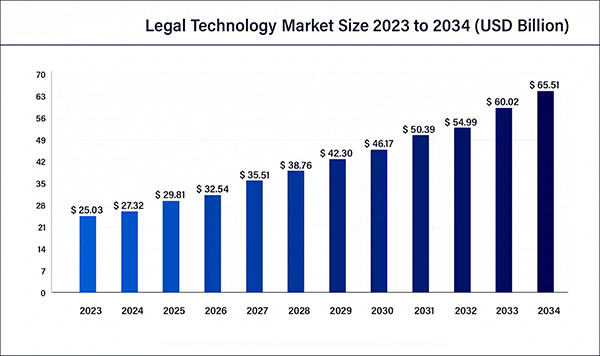
Benefits of Implementing Technology
The advent of technology has significantly impacted the legal sector as well and has made a big difference in how lawyers fulfill their ethical duty.
Here are some of the listed benefits, the sector is leveraging after implementing technical tools:
1. Streamlined Case Management
An ideal system for handling a defense case in the modern world enables the proper organization of employees and effective case management.
With options such as bulk document production, automatic due dates and reminders, chronological guides to case stages, and the absence of double work due to a central database.
2. Enhanced Communication
Technology can help lawyers communicate with their clients even better, for this, they can use self-service applications.
This tool helps them to regularly view and download case-specific information and documents, make requests, and communicate offline or online with representatives.
Other notification and messaging choices also remain useful in managing the general information from clients.
3. Data Management and Analytics
Using technical tools can help lawyers organize the data well, which can also help them learn more about their field.
This approach can help them easily understand the performance of the organization, figure out the areas that might need improvement, and also learn and understand what’s the needs of the client.
These all will have a strong impact on getting the best results for their clients.
Practical Solutions for Legal Aid Providers
Modernization requires legal aid providers to adopt practical measures optimizing technological capabilities:
A. Training and Development
Any personnel that must engage with defense case management systems must undergo software functionality training for full assimilation.
In this case, informed users effectively leverage capabilities to increase positive returns for the organization, and then the providers assign time for development to educate the staff.
B. Accessible Resources
The basic software interfaces, document generation, readability, and multi-language support make legal aid interactions accessible for them.
Easy access to resources translates to better-equipped professionals who can deliver more effective services.
When legal aid lawyers have the tools and information they need at their fingertips, they can streamline their processes, respond to client needs more promptly, and offer tailored solutions.
This enhancement not only boosts their confidence and capability but ultimately leads to a more responsive legal system that serves the community better.
By investing in accessible resources, we empower these professionals to focus on what truly matters: providing high-quality legal support to those who need it most.
Do You Know?
There are only 300,000 lawyers, or 1 lawyer for every 4,620 inhabitants, in China.
Case Studies of Successful Modernization
A defense case management system was adopted in the justice courts of St. Louis in 2008, leading to various successes.
This system enhances collaboration by integrating two-way communication and information sharing among justice partners, including defenders, probation officers, social services, and other support providers.
By streamlining these interactions, the system aims to improve overall efficiency in managing cases and better serve the needs of the community.
Sharing new data cuts down on repeated forms, synchronized participation of timelines, and disorientation among the clients arising from the existence of different agency procedures.
This also increased the speed at which participants were labeled as high-risk. Earlier detection promoted the enlargement of programs that prevent high rates of recidivism.
Conclusion
Contemporary developments in the legal world have to resolve key current issues affecting clients in gaining meaningful access to justice, especially clients in disadvantaged situations.
The introduction of improved mechanisms of case management and the use of advanced technological tools make up the practical interventions.
Optimizing the bureaucratic factors when enhancing the availability of the services ensures that the legal aid givers can meet the new emerging needs.
More linkages between clients and services lead to building trust, openness, and knowledge.
Hence, the providers can only embrace practical innovative solutions that synergistically de-emphasize the legal formalities with sensitivity.
As shown earlier, accessible technology and informed understanding address barriers to clients.
Finally, modernizing the delivery of legal aid has the principle of justice for people as the focus of its application.


